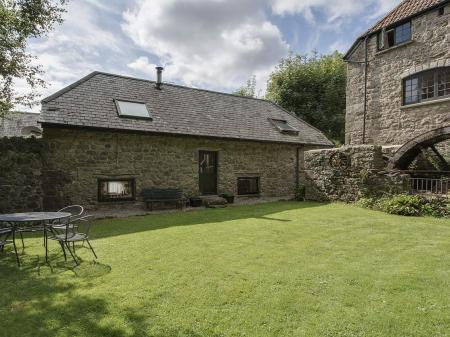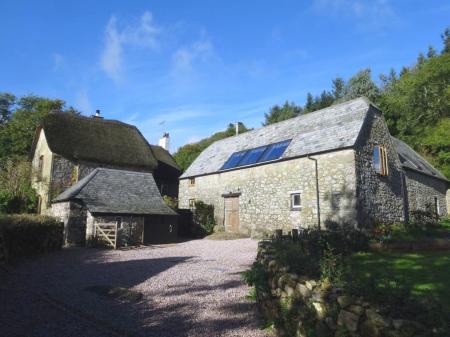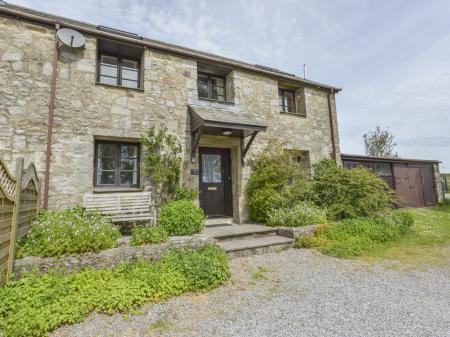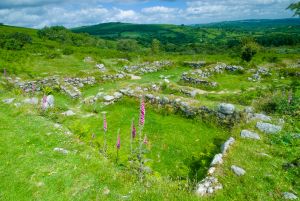
History
This lonely area of moorland was farmed at least as early as the Bronze Age and used again during the Roman period for grazing in the summer months. As the weather became warmer in the medieval period people moved higher onto the moors, and even marginal land like Hound Tor became settled.
Excavations at Hound Tor have found the foundation walls of at least 4 longhouses; a traditional form of Dartmoor house with space for people at one and animals at the other.
It is not clear exactly when the hamlet was occupied; archaeological evidence suggests the earliest buildings are from the 13th century, but pollen remains suggest that cereal farming had ceased by the middle of the 14th century. Despite this, pottery sherds found on the site suggest that the village continued to be inhabited until at least the late 14th century and possibly into the early decades of the 15th century.
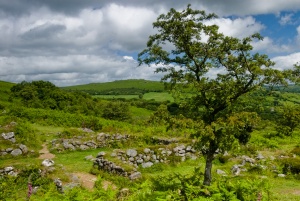
There are foundations of several different types of buildings at Hound Tor. There is a very clearly defined barn with a kiln and oven for drying corn at the site entrance.
The longhouses are fascinating, with a passage between the quarters for humans and animals, and a drainage channel running down the middle of the animal section. The 'human section' is divided into a large family room and a smaller second chamber at the back.
One of the longhouses is noticeably larger than the others, and this has led to it being called a manor house, though that seems very unlikely. Remains of a small garden have been found outside this 'manor', as well as a pair of smaller buildings, perhaps used as accommodation for workers.
While none of the buildings is complete enough to show what doors or window openings might have looked like, we can make a guess based on other medieval buildings on Dartmoor. The longhouses would have had thatched roofs made of straw or rushes, with a central hearth for cooking and warmth. Smoke from the fire on the hearth was allowed to escape straight up through the thatch.
Outside the hamlet you can clearly see remains of medieval strip farming as long ridges across the landscape.
Visiting
Hound Tor is not the easiest site to get to. There is a Dartmoor National Park car park at Hound Tor, with a well-marked trail leading across the moor for about 1/2 mile to the village. There isn't much in the way of interpretive signs at the site, but it is easy to get a sense of the layout of the village and how the houses were constructed.
Calling Hound Tor a village might give the wrong impression; it is really more of a cluster of a few longhouses and agricultural buildings. But the location is utterly superb, and you can't help but wonder what it was like for the medieval inhabitants when the Dartmoor winter closed in and the gales blew. This must have been a bleak and forbidding site.
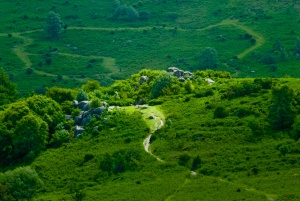
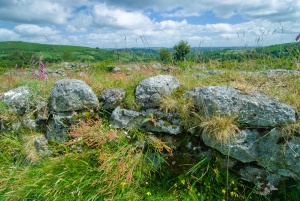
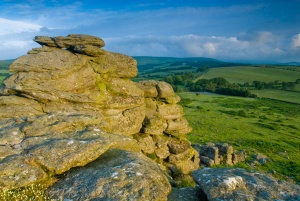

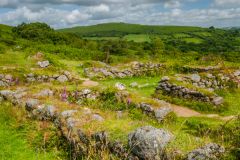
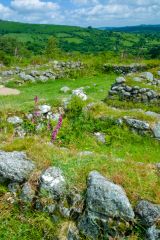
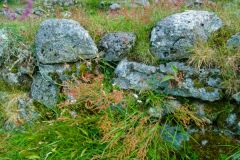
 We've 'tagged' this attraction information to help you find related historic attractions and learn more about major time periods mentioned.
We've 'tagged' this attraction information to help you find related historic attractions and learn more about major time periods mentioned.